It’s late at night. Do you know where your leads are?
Lead acquisition is a cost commonly scrutinized in marketing budgets. So much so that any senior B2B marketer will tell you the average cost of a lead is about $200. HubSpot concurs. In it’s 2017 Demand Generation Benchmarks Report, it also states that organizations with revenues under $500 million have a mean cost per lead of roughly $180; companies with revenues above $500 million spend more than double that, at roughly $430 per lead.
The cost goes up or down based on a variety of factors, including how qualified the lead is and whether it’s for marketing or sales. Other contributing factors include industry, company size and acquisition tactic.
Whether your leads are coming through your website, trade shows and events, lists, advertising or referrals, knowing how to get the most out of each lead will be key. Smart marketers know how to squeeze the juice out of each client who shows an interest in your product or service. They know that to minimize your cost per lead, increase conversions and drive revenue, you need to do these four things:
Stop premature disqualification
Leads need to be nurtured. With a proper nurturing sequence in place and a deep understanding of who your buyer is, what you’re selling and why it matters to them, your marketing team can create and deliver relevant, engaging content in a variety of formats. At each conversion point, new content nudges them through the buying journey, until they convert into a sales-qualified lead – or better yet, a customer. A higher conversion rate equals lower cost per lead.
Turn your website into a powerful lead generator
One of the first places a prospect turns when researching a new service is the internet. And it’s a pretty big place to find information. A search on the term “book printers Canada” served up 16.6 million results.
In order to be found, your website must be easy to navigate and deliver a message that resonates with buyers. The calls to action need to be clear, compelling and synchronous with your other lead-generating activities, including direct mail, advertising and paid search. The messaging should matter to your community and align with your social, public and corporate initiatives and activities.
Your CRM is only as good as the data that’s in it
Your CRM is where your customer’s prospect journey is recorded; it’s where marketing accesses the data necessary for any outbound and lead generating campaigns. But no matter how simple or robust the CRM solution, it’s only as good as the data it contains. The more you manage the flow of information and the more you allow the data to teach you, the more it can be leveraged to impact your bottom line. The data feeding your CRM—and your campaigns—can come from your website, customer support, finance, operations, and online communities.
Automate for even better results
It’s no secret that automation is critical to business growth and survival. Connecting systems and enabling them to communicate with each other improves efficiencies, streamlines workflows and cuts the risks and costs that come with human error. This holds equally true for marketing departments.
In a recent Forrester report, Marketing Automation Technology Forecast, 2017 to 2023 (Global), researchers predict marketing automation technology tool spending will reach $25.1 billion annually by 2023, up from $11.4 billion last year. This isn’t surprising when you look at Martech’s annual Marketing Technology Landscape Super Graphic (2018), which this year features nearly 7,000 marketing technology solutions.
Finally! Know where your leads are throughout the buyer journey
Train your sales and marketing teams to recognize, differentiate and allocate leads that are sales qualified vs marketing qualified. Tell a story that engages your buying audience and creates the opportunity to grow the relationship. Feed your CRM with real-time data, from all sources, and create comprehensive, complementary campaigns using channels and tactics that matter to your customer. Maximize efficiency and minimize error by investing in the technology your company needs to test and measure success—and failures—and amplify your lead generating efforts.
Portions of this article have been published in Graphic Arts Magazine with permission
Want to stop Lead Leakage?





